I am writing this diary from the Opera, not the theatrical sort, we are on a cruise ship anchored for the past four days off the Gallipoli peninsula. On board there are about 700 Australians all dedicated to commemorating the Anzac legend, in different ways and for many different reasons. Aside from the cruise itself it is interesting to reflect on the past few weeks while observing my fellow countrymen and women en masse.
Dennis and I spent Easter in Rome and went to Good Friday and Saturday Easter vigil mass conducted by the pope, with our friends John and Christine McCarthy. Everyone was in an Easter mood, even taxi drivers wishing us ‘Buona Pasqua’. Perhaps it is the influence of pope Francis or more likely a sense of foreboding in Rome about where the Islamists are going to strike next. We had lunch with the pope’s new foreign minister archbishop Paul Gallagher. The Vatican is an important neutral diplomatic conduit, and they understand the religious mindset, useful at a time when the ability of the secular western democries to influence the fanatical Islamists is nil, especially since the rise of hollow ‘rights talk’, and dubious social movements like the gay marriage push.
We also met cardinal George Pell for an informal meal and chat. The cardinal is going great guns trying to fix up the Vatican’s hopelessly chaotic finances, having discovered over one billion euros tucked away in hidden accounts, money they didn’t know they had! The cardinal was interesting on the topic of Anzac Day. The war was a catastrophe, but aside from cementing Australian nationalism, it had a positive effect on the breakdown of sectarianism in Australia. It was probably the first time that most Protestants and Catholics both worked with one another and took orders from each other, and it didn’t matter. John McCarthy pointed out that at every Anzac Day march there was also a fellow up the front with the original Anzacs, in a dark suit, clerical collar and homburg hat. It was Sir Norman Thomas cardinal Gilroy, formerly a radio operator.
The ship boarded in Venice and although I have been there many times, the fabled Serenissima never looked more like itself, as when the ship began its course across the Giudecca and out to sea, tourists and kids waving madly. As we passed down the coast of Italy and turned into the Ionian sea I studiously avoided the military history enthusiasts giving lectures on the ‘1914 breakout’. It was enough to reflect on the astounding fact that we were following probably the most travelled sea route in history. The Greeks, Phoenicians, Persians and Romans, our whole ancient European history, was acted out here. The brief stop in Istanbul didn’t allow too much time for reflection, racing around to the Mosques, battling the crowds in one of the few authentically original cities in the world. We couldn’t help laughing about the fact that although we all have the same ‘stuff’ everywhere, we are all still very different.
How different becomes apparent when we are anchored at Canakkele, for our Gallipoli sojourn. The people on the ship have come here for a multitiude of reasons. I had expected that most, like me, had some family connection to the place. Not so. Many who haven’t travelled much came because they saw it as a way of linking an adventure in another part of the world with their Australian heritage. Many of those young men, perhaps most, volunteered because the war – in the words of one – ‘was the only adventure I have ever had’. For many people this trip is the only adventure they will ever have. Others, like Fiona and Tony Clarson of Thornleigh have a family connection that has always fascinated them. Fiona and Tony didn’t even have a honeymoon five years ago because they were saving for this trip. Now with a 3 year old child in tow they hope to relive some of the sense of place that Fiona’s great grandfather’s brother experienced. As for my own motivation, it is mixed. I am the product of a very Australian family. I have a mixed Italo, English and Irish heritage. My mother is a fifth generation Australian, and she was particulalry proud of her great uncles Ernest Harris Ray and his younger brother Frederick Charles Ray. The family thought they were foolish to go, and campaigned against conscription. However, we all grew up knowing that our Ern was an original Anzac in the Light Horse, and both fought on the western front, where Fred was gassed, wounded, mentioned in despatches and lost his leg, and consequetly died young. I had met Ernest a few times when my great grandmother was alive, but I had no idea about the details of their records until one day I took mum to the war memorial in Canberra, which has the most remarkable records. I could see the pride on her face as the historian went through their records and read out the details, and at the end of the day, despite being wheelchair-bound, I saw her struggle to stand at the last post. When the opportunity arose I had to come because I felt I needed to acknowledge that link to my heritage.
Anyone who has been on the Gallipoli peninsula and at Anzac grave sites will tell you it is a unique and moving experience. It is also a unifying experience. There are people here from backgrounds that are mixed European like mine and several whose heritage is part Asian. We are a mixed bunch. But some things are the same for all women. I was standing among the graves overhung by beautiful trees in full pink blossom, in the grimly named Shrapnel valley. Standing beside me was another mum, Suzanne, of mixed British Asian heritage, who had brought her two children. We were transfixed by one grave. He was 19, the same age as my youngest, and it was inscribed for ‘A dear little laddie. Waiting for his mother.’ That was enough for me – and Suzanne. I could barely see my way back to the bus for tears.
Got something to add? Join the discussion and comment below.
Get 10 issues for just $10
Subscribe to The Spectator Australia today for the next 10 magazine issues, plus full online access, for just $10.

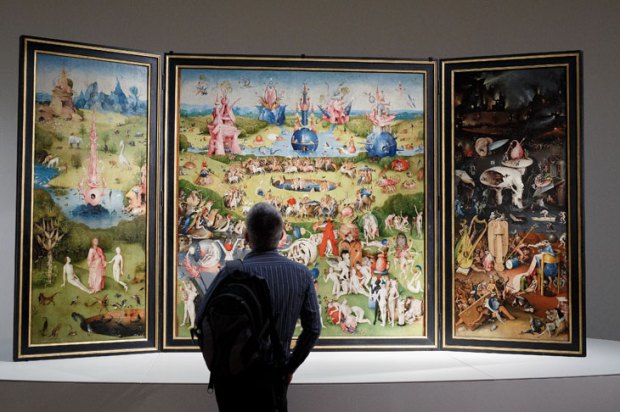
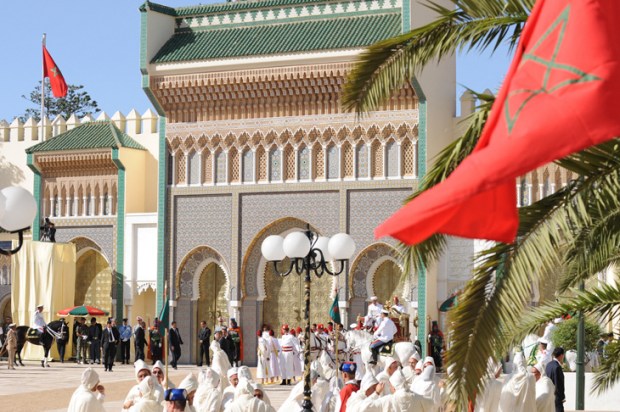
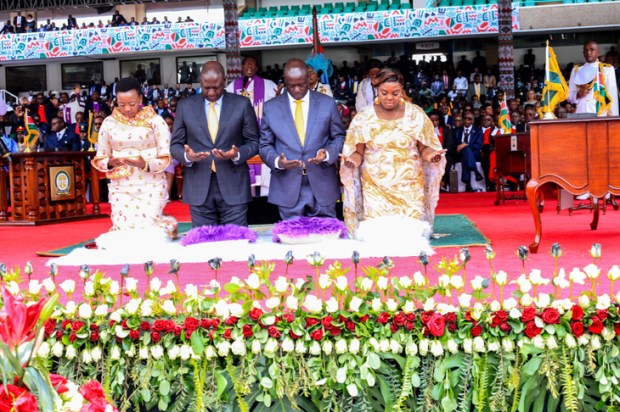
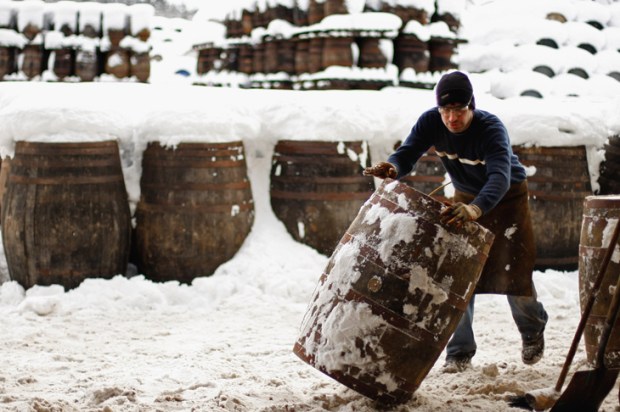
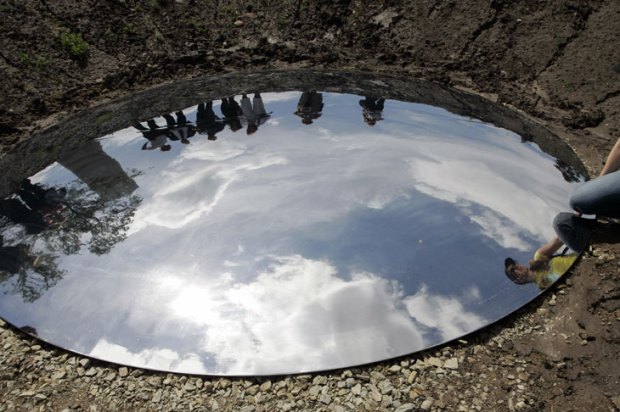
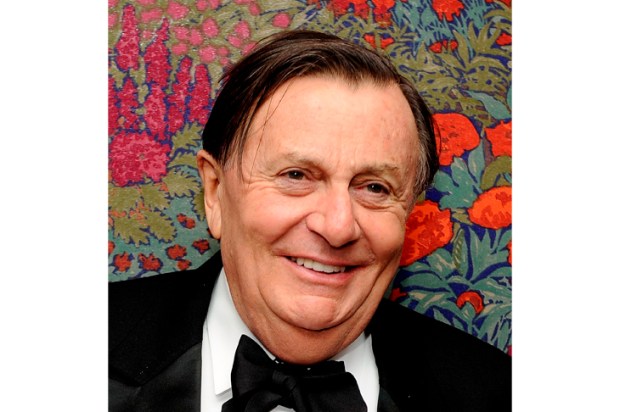






Comments
Don't miss out
Join the conversation with other Spectator Australia readers. Subscribe to leave a comment.
SUBSCRIBEAlready a subscriber? Log in